
This website is for users aged 21 and over. Please confirm your age.
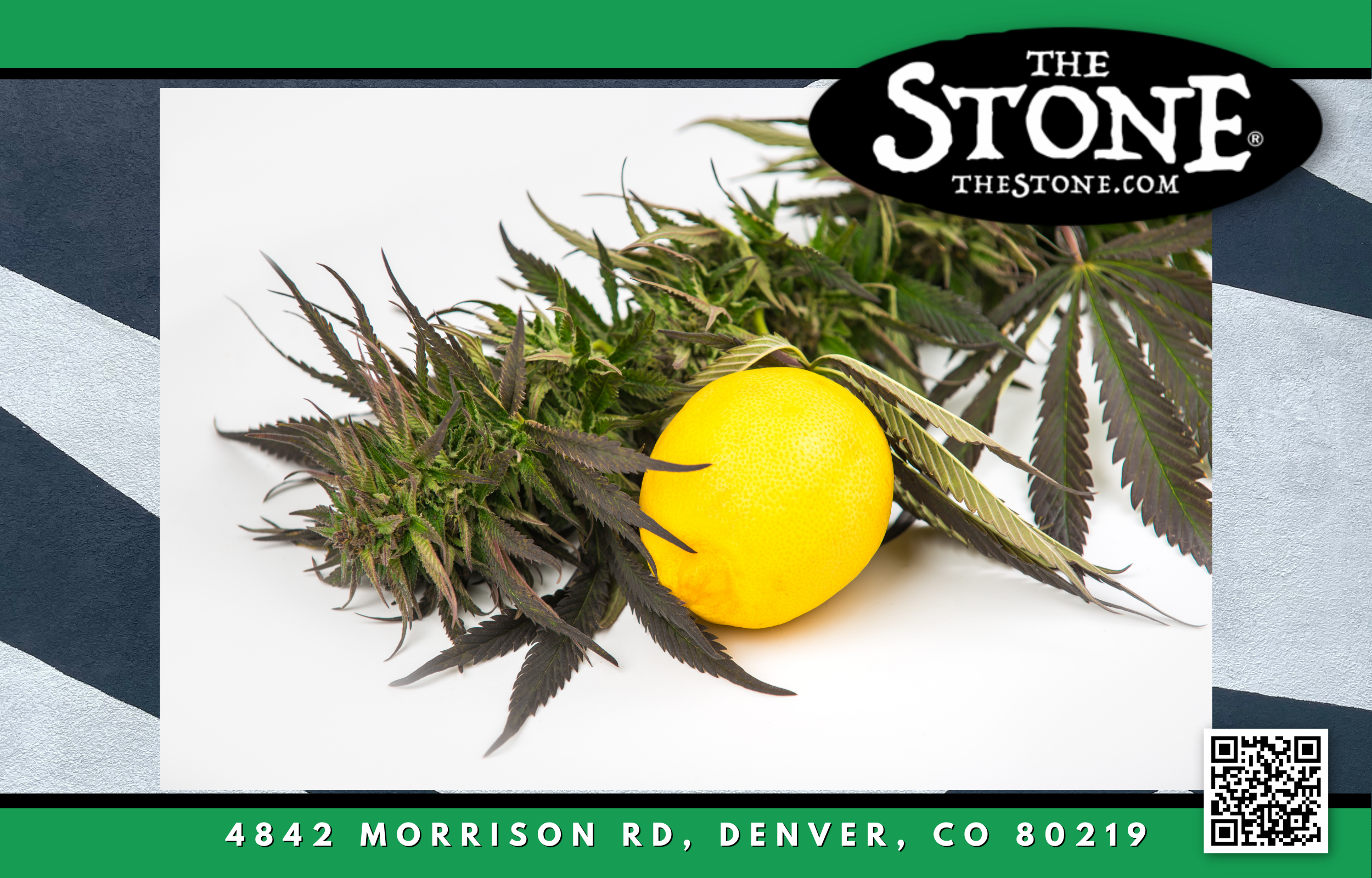
What choices do I have for growing mediums for cannabis plants? First of all, always ask yourself these questions before using any product on your marijuana plant: Is the product safe for your plant? Will this product harm beneficial insects? Have organic gardening associations approved this product?
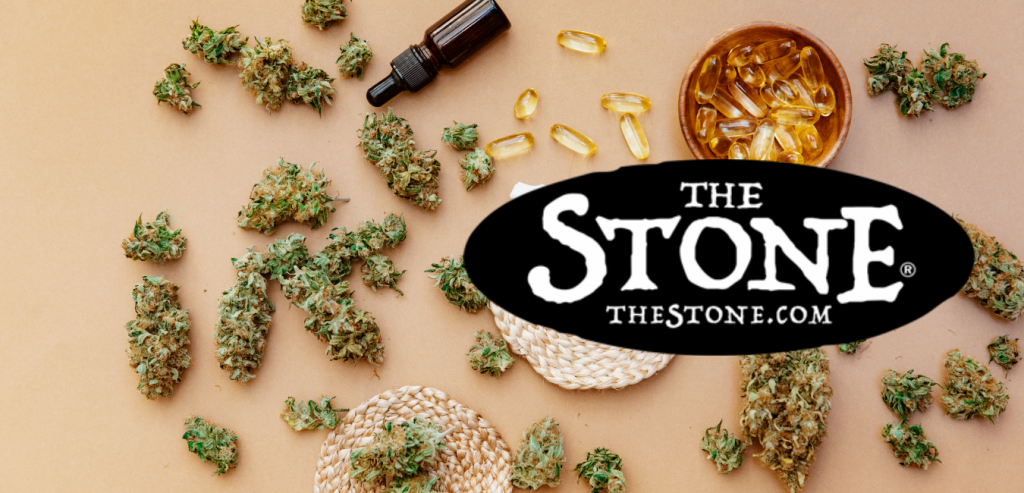
Ensure that it is always an organic growth, which means that you use as few non-organic chemicals as possible. This article will show you some good alternatives for your soil or other growing mediums.
Open your garden’s eyes to the world of organic growing – there are many different routes to take and factors to consider. We’ll go over the most important of them all: the soil.
Let’s start with a disclaimer: buying organic is expensive, and it does not mean that you’re getting a better product than anything else will give you. If money is no object to your garden, then go ahead and buy all organic. If you don’t want to leave money on the table but still want the benefits of organic plant food, try to buy as much organic as possible – limit your non-organic purchases.
Now that we have that out of the way, let’s get on with it…
Allowing your soil to be vaccinated by beneficial fungi will prevent root disease, which might lead to tree death.
This is the organic way to do it, but not the only one. You can make an effective soil drench or liquid fertilizer by simply putting compost tea in your watering can and watering the plant. The fungi will spread exponentially, which will protect your plant as no other product can. Do this once a week, and you’re set.
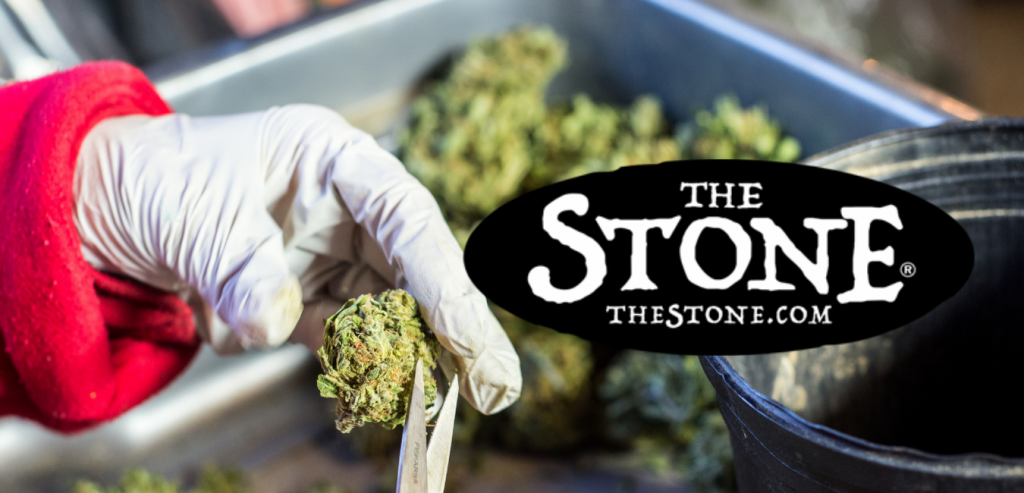
If you do not know what compost tea is, ask yourself: where does all that material end up? It ends up in your garden’s soil! You can make your compost tea by simply putting stuff like dead leaves and eggshells in a bucket of water; after a few weeks, it will be the best stuff you’ve ever smelled.
Make sure to keep your compost pile hot; microorganisms need heat to survive.
Suppose it’s not that hot (above 135 degrees Fahrenheit). In that case, the soil drench or liquid fertilizer will not work as advertised, and you might end up polluting your environment with useless chemicals.
If you do not have a compost pile going, try to find some organic matter near your garden and use it – make sure that there are no chemicals in the materials you’re planning to use. On a side note: never burn natural products like dead leaves; this will pollute the air. If you can’t use it, put it away for a year or two until it’s not that flammable anymore.
Another great source of natural nitrogen is alfalfa pellets or powder. Dried fish will also work if you do not have them, but it’s harder to get the dosage right (for example, don’t use too much because this might burn your plant).
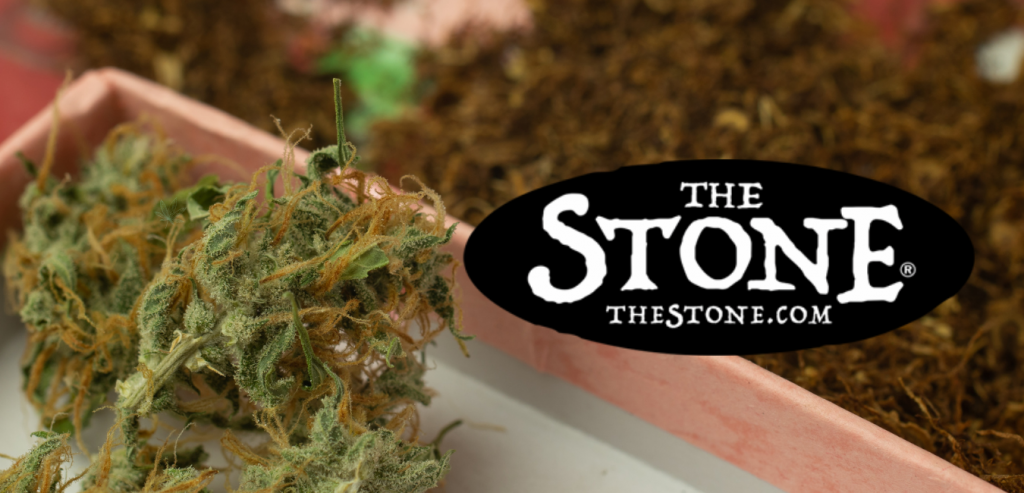
This is one of the best organic fertilizers; you can use it with every growing medium and then re-apply it once or twice throughout the plant’s life cycle. You sprinkle some pellets around your weed, and that’s it!
If you’re not sure if alfalfa pellets or powder are suitable for you, then here’s a list of what you can use:
If there is anything in your garden that isn’t organic (if chemicals have vaccinated it), get rid of it. You can recycle paper and cardboard by ensuring that your weed doesn’t have access to them. Use polyethylene fabric or weed barrier to create edges that will keep your weeds away from any chemicals you might be using (if any).
This paper can also act as a good biofilter; help microbes come together by covering the soil. The paper (or whatever is on top of the earth) will make the environment suitable for the types of fungi that protect plants’ roots.
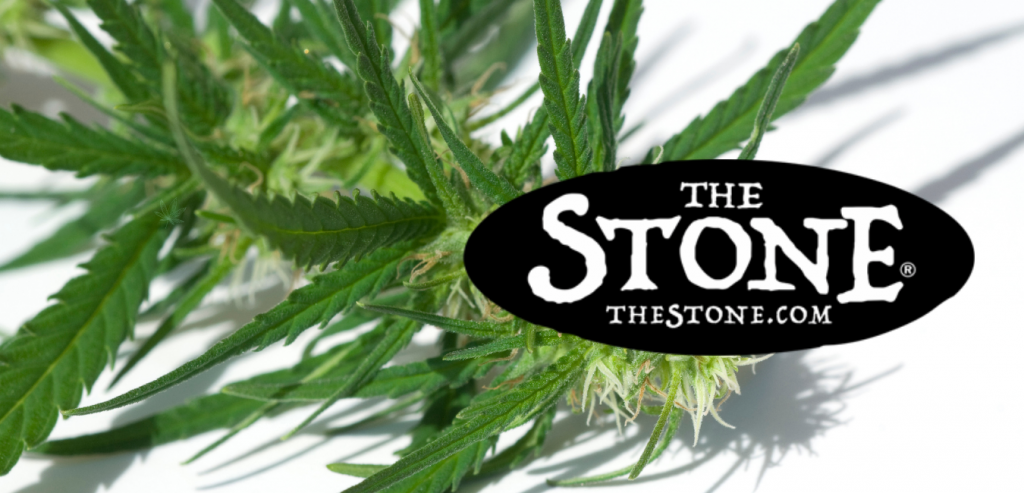
Without it, your soil (and the weed) will become compacted and suffocated. Avoid this by covering the paper with material like dead leaves or other compostable stuff. You can also use straw or hay, but remove it before planting anything.
If you’re using cardboard, then make sure to mix this with organic material; otherwise, your weed might end up with nitrogen or salt deficiencies – these are easily solvable problems, but they can lead to diseases if ignored long enough (for example, yellow leaves).
Wood shaving works excellent because of its ability to retain water simultaneously; make sure to remove them if you’re planting anything else, though.
Anything that will keep your weed away from chemicals is suitable for aeration. The best method – you might have guessed it already – would be to get rid of weeds while giving their roots enough room to spread or at least not suffocate.
If you cannot find organic materials or if they are too expensive, then try to make your nutrient solution. Just use the best mineral nutrients and mix them with whatever natural material you can get (if any). Soil drench is highly recommended for this fertilizing; if there’s something you need more information on, then do some research. On a side note: always check for nutrient deficiencies and solve them before anything serious happens (for example, yellow leaves).
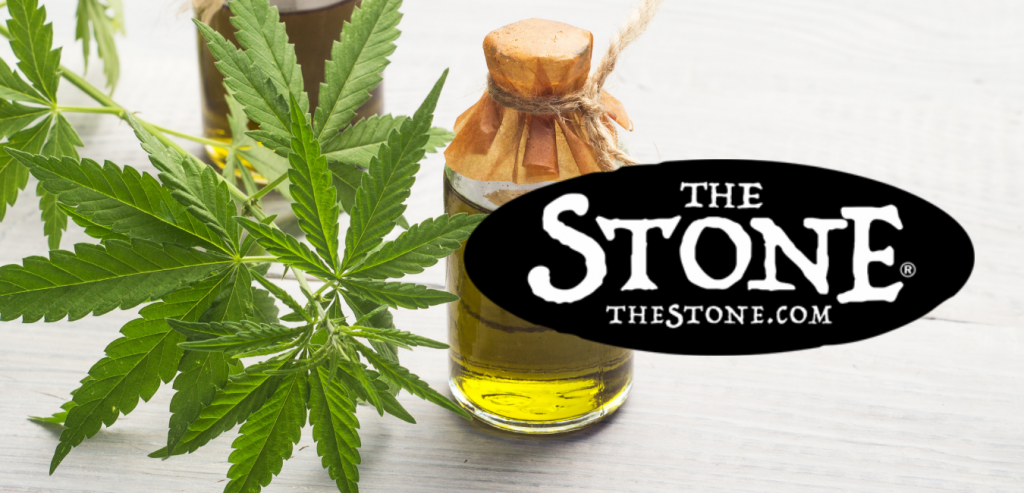
If you want to use plastic containers, try to stay away from BPA (or any other plasticizer). BPA is a xenoestrogen that will harm the growth of your weed. It might also interfere with hormonal processes and lead to various problems if not removed from the container or growing medium before planting anything inside it.
Just mix everything so you get friendly and even results; this will help your weed grow nicely and flower at the right time.
You can also use worm castings, which you can buy at any garden store. If the brand offers different soil mixture ratios, just choose something that works for your purposes. You might have to experiment a bit before hitting the right one, but that’s part of the game.
When growing plants hydroponically, you will need to use Rockwool cubes instead of soil. Rockwool is composed of ultra-fine particles of volcanic glass that are melted into formations under intense heat, spun into fibers, and then compressed into cubes or slabs. The chemical composition of the Rockwool is mostly calcium silicate which is the same as glass.
There are two types of Rockwool:
Hydroponic growers like to use Rockwool in their hydroponic systems because it is pH neutral and can be reused, unlike coco coir which tends to decompose when it gets wet. The other advantage is that you allow the plant roots to penetrate through the Rockwool instead of allowing them to grow around in a confined space.
Rockwool: Rockwool comes in two different types, based on their intended use.
– Standard type or General purpose Rockwool. This is the most common type with good moisture retention and is the most suitable for use as a growing media.
– Flame retardant type or FR Rockwool. This type is made of fibers that have been treated to be fire-resistant. It has a slightly lower insulation value and water retention capability than the standard types. Still, it is generally cheaper to be used if you want to save money.
You will find that hydroponic systems use either the standard type of Rockwool or a combination of both types. Usually, they add coco coir to add some nutrient retention capabilities and make the system more economical. You can also add perlite for water retention and drip irrigation systems, but there is no need to do this in the beginning stages of the plant’s life cycle.
When using Rockwool in your hydroponic system, you will need to place it in a net pot, simply a small plastic basket that fits into the reservoir and has holes for draining excess water. The good thing about these net pots is that they are reusable, so you can take them out of the reservoir whenever they are filled with water, empty them and then place them back into the system. Rockwool is light enough to float on top of the nutrient solution, so it’s easy for you to take these pots in and out of the system.
It would help if you always remembered to wear gloves when handling Rockwool because its fibers can irritate and even damage your skin and eyes.
You need to know a few things before growing in a hydroponic system, such as how many plants it can support and what size they should be when you transplant them into Rockwool cubes. The following table will give you an idea of the average plant height and pot length you should use.
Planting Cannabis Seeds or Transplanting Clones into Rockwool Cubes for Growing Marijuana Plants in a Hydroponics Setup
Choose the best hydroponic system for your grow room.
Learn how to prepare your potting mix and plant cannabis seeds or transplant clones into Rockwool cubes. Includes a glossary of standard terms for using Rockwool with grow systems.
Learn how to transplant clones into Rockwool cubes for growing marijuana plants in a hydroponics setup. Includes a glossary of standard terms for using Rockwool with hydroponic systems.
We warmly welcome you to explore our highly acclaimed strains, concentrates, and edibles. Serving recreational clients with pride is our passion.
At our dispensary, you'll find a professional yet inviting atmosphere that prioritizes your comfort and privacy. Feel free to stop by at your earliest convenience to experience it for yourself. We can't wait to serve you!


